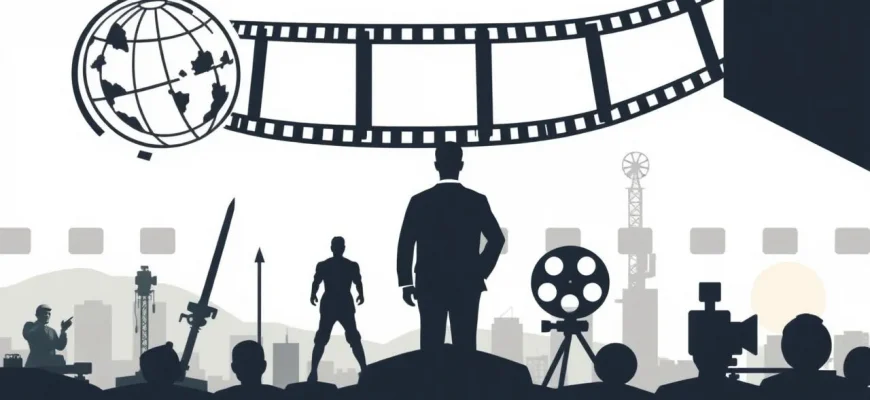Embark on a cinematic journey through the works of some of the greatest directors in film history. This curated list showcases 30 films, each representing a different genre, crafted by directors whose vision has left an indelible mark on cinema. Whether you're a seasoned cinephile or a curious newcomer, this collection promises to offer insights into the art of storytelling through film, highlighting the diversity and depth of cinematic expression.

Citizen Kane (1941)
Description: Orson Welles' masterpiece, often hailed as the greatest film ever made, explores the life of a media tycoon through a complex narrative structure and innovative cinematography.
Fact: Welles was only 25 when he directed this film, and it was his first feature film. The film's famous "Rosebud" sled was inspired by a real-life event from the life of William Randolph Hearst.
 Watch Now
Watch Now 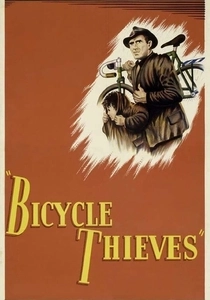
The Bicycle Thief (1948)
Description: Vittorio De Sica's neorealist masterpiece about a father and son's desperate search for a stolen bicycle, reflecting post-war Italy's economic and social struggles.
Fact: The film was shot on location in Rome with non-professional actors, capturing the authenticity of the time.
 Watch Now
Watch Now 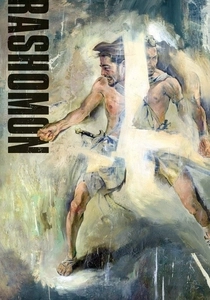
Rashomon (1950)
Description: Akira Kurosawa's exploration of truth through multiple, conflicting perspectives, revolutionizing narrative structure in cinema.
Fact: The film's title refers to the Rashomon gate in Kyoto, which was a symbol of decay and moral ambiguity in medieval Japan.
 Watch Now
Watch Now 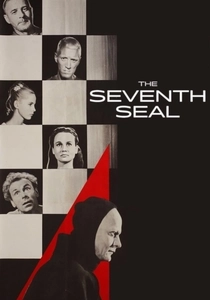
The Seventh Seal (1957)
Description: Ingmar Bergman's allegorical drama where a knight plays chess with Death, offering a profound meditation on life, faith, and the human condition.
Fact: The film was inspired by a medieval painting in a church in Sweden, and Bergman himself played the role of Death in the original script.
 Watch Now
Watch Now 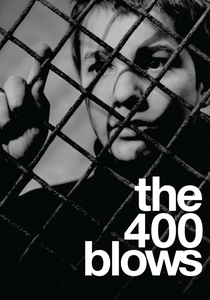
The 400 Blows (1959)
Description: François Truffaut's semi-autobiographical film about a misunderstood adolescent, marking the beginning of the French New Wave with its empathetic portrayal of youth.
Fact: The film's title is a French idiom meaning "to raise hell," reflecting the protagonist's rebellious spirit. The iconic freeze-frame ending was an accidental discovery during editing.
 Watch Now
Watch Now 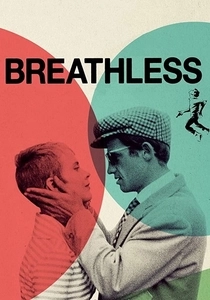
Breathless (1960)
Description: Jean-Luc Godard's groundbreaking film that broke conventional narrative structures, introducing the world to the French New Wave with its jump cuts and existential themes.
Fact: The film was shot without a script, with Godard writing scenes the night before shooting. The famous ending was improvised on the spot.
 Watch Now
Watch Now 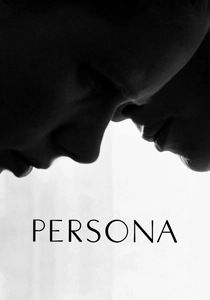
Persona (1966)
Description: Ingmar Bergman's psychological drama about an actress who stops speaking and her nurse, delving into themes of identity, silence, and communication.
Fact: The film's opening montage includes images from Bergman's own childhood, and the iconic shot of the nurse's face merging with the actress was achieved with a double exposure.
 Watch Now
Watch Now 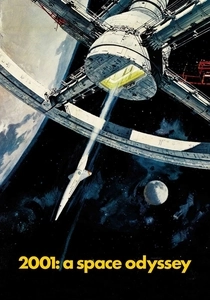
2001: A Space Odyssey (1968)
Description: Stanley Kubrick's visionary exploration of human evolution and artificial intelligence, set against the backdrop of space travel, remains a benchmark for science fiction cinema.
Fact: The film's famous "Dawn of Man" sequence was shot in a studio with actors in ape costumes, and the monolith was made from wood and painted black.
 Watch Now
Watch Now 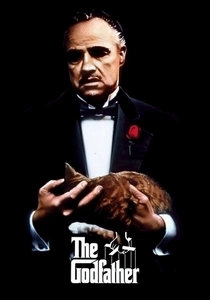
The Godfather (1972)
Description: Francis Ford Coppola's epic tale of the Corleone family, a saga of loyalty, betrayal, and the American Dream, redefined the gangster genre with its depth and character development.
Fact: Marlon Brando improvised the iconic cat scene, picking up a stray cat from the studio lot. The film's script was initially rejected by Paramount, but Coppola's vision won them over.
 Watch Now
Watch Now 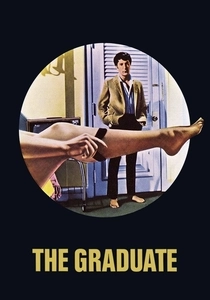
The Graduate (1967)
Description: Mike Nichols' satirical look at the life of a recent college graduate, capturing the confusion and disillusionment of youth in the 1960s.
Fact: The film's famous ending was left ambiguous on purpose, leading to much discussion about what happens next.
 30 Days Free
30 Days Free 
